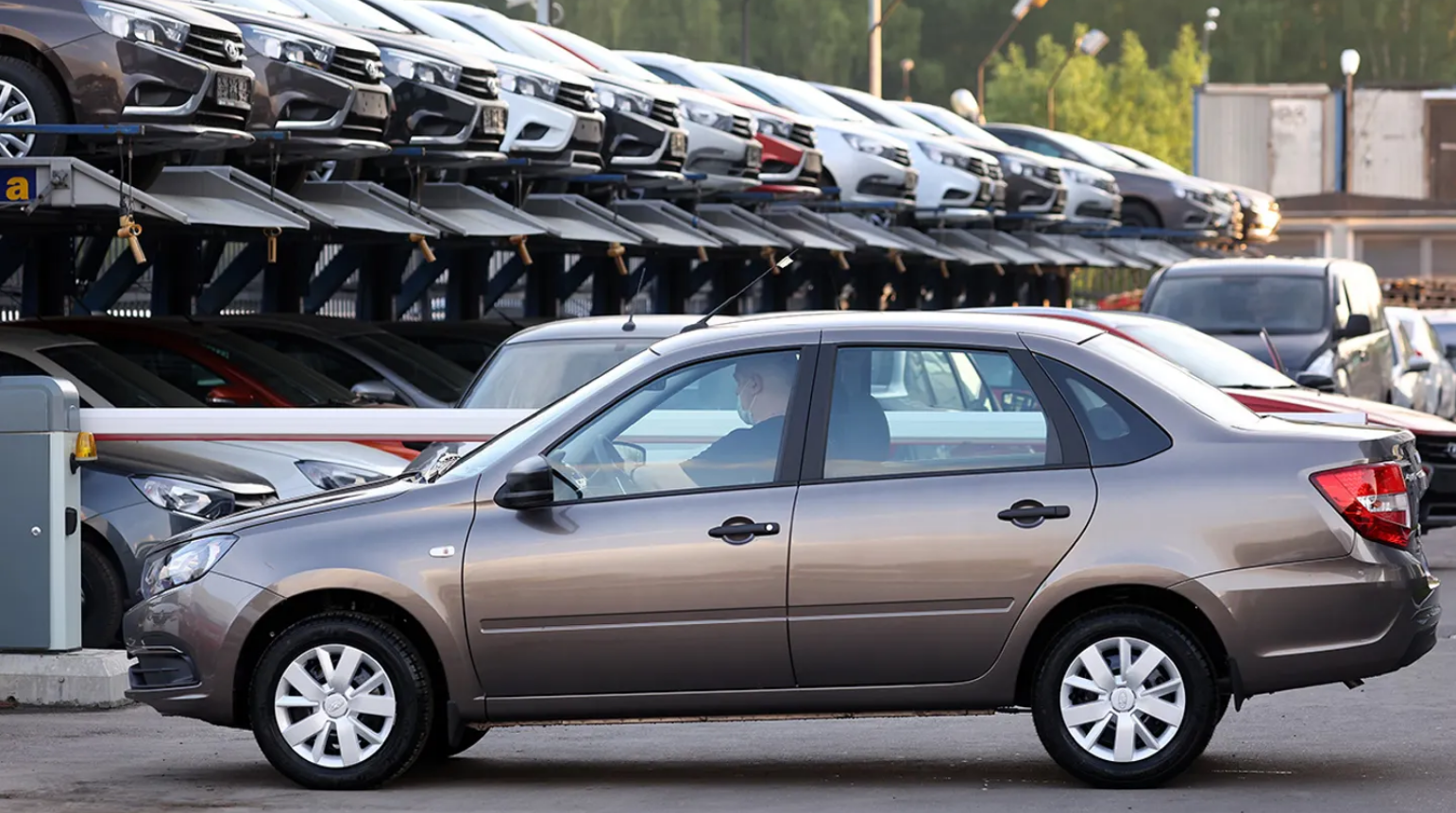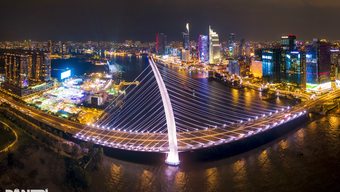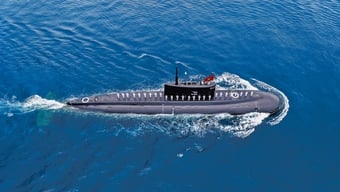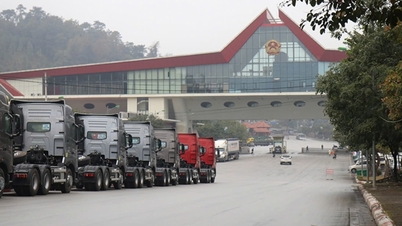Russia's largest automaker AvtoVAZ, best known for its Lada brand, is on track to return to the Iranian market after a 25-year hiatus, CEO Maxim Sokolov told state news agency TASS on April 16.
The conflict in Ukraine has prompted hundreds of foreign companies to leave Russia, but no sector has been hit harder than the auto industry. AvtoVaz has seen its production come to a virtual standstill since its French parent company Renault sold its stake and pulled out of the Russian market.
The plan remains unchanged.
Before the conflict, AvtoVaz operated on a model in which most of the more complex components were imported from Western Europe. Those imports have now been suspended, leaving the Russian car giant with few alternatives. But that hasn’t stopped plans to put the legendary Ladas on the road in the Middle Eastern country.
“We are not changing our plans because of any challenges,” Sokolov said when asked about the company’s plans for the Iranian market, despite rising tensions in the Middle East. “The infrastructure for sales in Iran is ready. We will start deliveries and sales this year.”
The CEO also revealed that AvtoVaz's plans to enter the Iranian market and sell its models locally this year are part of its growing relationship with its Iranian partner SAIPA, best known for the Mark-I Dacia Logan.

Inside the AvtoVAZ Lada assembly plant in the city of Togliatti, Samara region, Russia. Photo: Arab News
Mr Sokolov did not disclose the exact sales figures AvtoVAZ is anticipating for the Iranian market, which is dominated by local car companies Iran Khodro Co (IKCO) and SAIPA (formerly a joint venture with France).
Given that the Iranian market sold more than 1 million cars last year, AvtoVAZ sees this as a very promising market for low-cost cars. Last December, Sokolov announced that the company was considering selling Lada models in Iran as CBUs – exporting complete cars without assembly, according to the Iranian Embassy in Russia’s news portal.
Lada cars were presented to the public in Iran during the 2nd Eurasia Expo in December 2023 and the import will be handled by a company called Nika Motors. However, the company has not yet announced the time of registration and supply of Russian Lada cars in Iran.
Logistics issues
Since the conflict began, Russian exporters have also faced logistical problems. Western sanctions devastated Russia’s logistics sector in 2022, temporarily disrupting the country’s exports.
In response to leading Western shipping lines and logistics companies cutting ties with Moscow, Russia has begun buying cargo ships to keep vital exports flowing.
For more than two years, much of Russia’s oil has been shipped around the world by a so-called “dark fleet” of nearly 500 ships, most of them aging tankers. A similar “fleet” has been established to export grain and other agricultural products.

For a long time, finished Russian cars have been mainly shipped to post-Soviet countries, including those of the Commonwealth of Independent States (CIS), while the volume of shipping by sea is very low. Photo: Getty Images
Russia has historically relied heavily on foreign fleets for car transport and has been reluctant to invest directly in the service without long-term commitments from customers, according to a source in the Russian auto logistics industry. Customers, in turn, are reluctant to take on risks and liabilities because the domestic and international sales situation is highly unpredictable, the source explained.
In 2021, Russia exported 89,100 finished vehicles worth nearly $1.4 billion, Russian state statistics agency Rosstat estimates. In 2022, exports are expected to have plummeted nearly threefold.
However, even in previous years, finished Russian cars were mainly delivered to post-Soviet countries, including the Commonwealth of Independent States (CIS) countries, while the volume of shipping by sea was very low.
Therefore, the development dynamics of logistics for the car export sector will depend on foreign demand for Russian brands .
Minh Duc (According to bne IntelliNews, Automotive Logistics)
Source



![[Photo] Prime Minister Pham Minh Chinh chairs the thematic meeting on law making in August 2025](https://vphoto.vietnam.vn/thumb/1200x675/vietnam/resource/IMAGE/2025/9/4/ba42763cd48e4d7cba3481640b5ae367)
![[Photo] Politburo works with the Standing Committee of the Party Committee of the Fatherland Front and Central organizations](https://vphoto.vietnam.vn/thumb/1200x675/vietnam/resource/IMAGE/2025/9/4/6f23e5c0f576484bb02b3aad08f9d26a)
![[Photo] Politburo works with the Standing Committee of Can Tho City Party Committee](https://vphoto.vietnam.vn/thumb/1200x675/vietnam/resource/IMAGE/2025/9/4/10461762301c435d8649f6f3bb07327e)

![[Photo] Prime Minister hands over decisions on receiving, transferring and appointing leaders of ministries and agencies](https://vphoto.vietnam.vn/thumb/1200x675/vietnam/resource/IMAGE/2025/9/4/b2445ecfd89c48bdb3fafb13cde72cbb)
![[Photo] Politburo works with the Standing Committee of Lai Chau Provincial Party Committee](https://vphoto.vietnam.vn/thumb/1200x675/vietnam/resource/IMAGE/2025/9/4/f69437b9ec3b4b0089a8d789d9749b44)
























































































Comment (0)